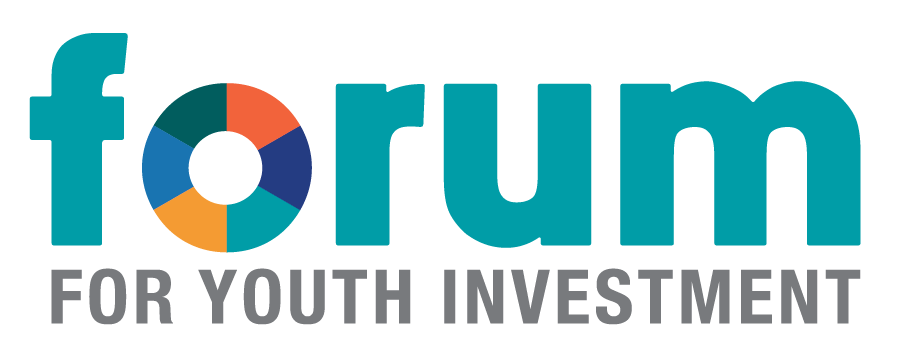Richard Murphy’s Impact
February 21, 2013
On Saturday I joined more than 200 people who gathered in New York City to pay tribute to Richard Murphy – who died on Valentine’s Day, 23 years to the day after New York Mayor David Dinkins signed the agreement that launched the Beacon Schools, which Richard created.
Richard was the quiet fulcrum who leveraged a major change in thinking about the role of local government and public schools in creating hubs for youth development and community engagement.
He was at the center of a policy and practice laboratory in New York. When Michelle Cahill and I launched the Center for Youth Development and Policy Research in 1990, we benefited from almost daily back and forth with Richard. Together, we defined, defended and documented the principles and practices of youth development. Then in 1995 Richard took the helm of the center when I left to head the President’s Crime Prevention Council. If not for his enthusiasm about taking the center into its next phase, it would have been impossible to leave. The hand-off changed the trajectories of both of our lives and created an unbreakable bond between us.
Richard was committed to youth voice. He believed that it is not only appropriate but critical for young people to map and share information about the assets they use in their communities. And he transformed this belief into nationally replicated tools and trainings.
Yet the list of Richard’s public accomplishments pales in the face of the private strategies, stands and sacrifices that it took to create them.
At Saturday’s service, Noel Garcia, the 40-year-old husband and father of two whom Richard adopted as an angry 16-year-old, summed it up best when he recounted “the night the lights went out.” Like many New York City kids, Noel and his friends used their Beacon school as their gathering place, playing basketball into the wee hours most nights. Noel knew his father had something to do with the school, but he admits he took the center and his father for granted until the day newly-elected Mayor Rudolph Giuliani literally turned the lights out as a part of an ultimately unsuccessful plan to dismantle the centers and discredit the man.
With no place to go, “That’s when we started to get into trouble,” Noel said. But not for long. The Beacons were soon back up and running, and the program continues to operate today in 80 schools across the city.
Richard was a force. He created a web of supports for the youth of New York City made up of hundreds of strands of relationships that he used for absolute good. Few of us knew its full size and shape. Some of us got a small glimpse of it on Saturday when we came together to share stories and feel the cumulative impact of a purposeful life well lived.
Those of us working for collective impact to improve conditions for youth spend much of our time strengthening partnerships and collaborations, as Richard did. That’s crucial work. But we also need to see if our communities have enough Richard Murphys: Quiet leaders who move seamlessly between the groups to forge bonds and, when needed, step boldly into the gaps to create good.
More: SparkAction.org, a division of the Forum for Youth Investment, produced this story about Richard Murphy, which provides reflections from the field of youth work and links to articles about Richard from The New York Times and others.
